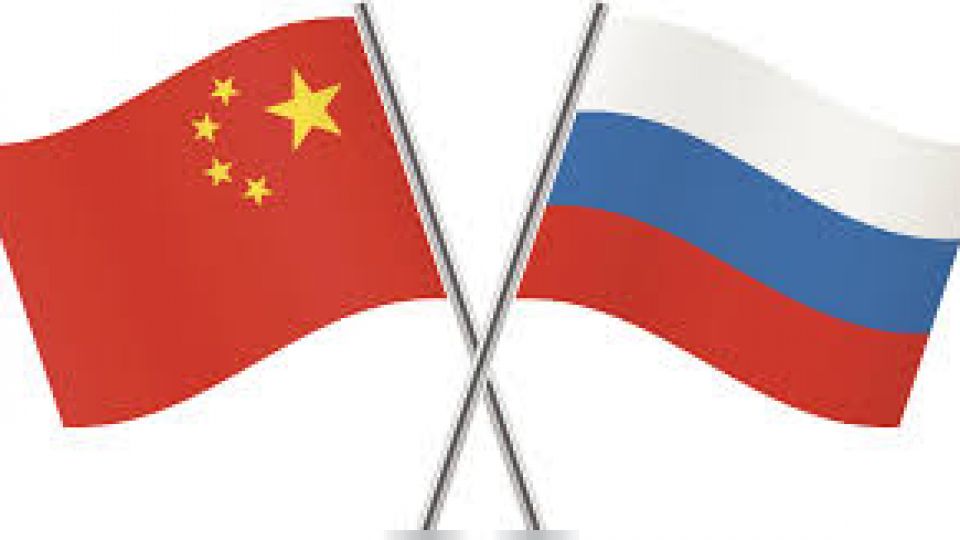The Experience of Rising Inequality in Russia and China during the Transition, [pdf] by James K. Galbraith, Ludmila Krytynskaia and Qifei Wang, UTIP Working Paper No. 23 February 2, 2003. (A paper prepared for a Conference on Globalization and Development Problems 5th International Meeting of Economists Havana, Cuba
February 10-14, 2003)
Abstract.
The collapse of the Soviet Union and the acceleration of economic reforms in the People’s Republic of China were hallmark events of the 1990s. The Soviet collapse had adverse consequences for many parts of the post-Soviet population — including sharply rising mortality rates — even as the country underwent a transition to apparent multiparty democracy. Meanwhile the Chinese experience produced a continuing rise of average living standards, with political change (mainly at the local level) only within the framework of continuing rule by the Chinese Communist Party. Thus the experiences of the two countries are widely viewed as having been polar opposites.
Nevertheless, in both Russia and China, economic inequality rose sharply. In both countries, regional inequalities rose more sharply than inequalities across sectors but within regions. In particular, major urban centers gained dramatically, relative to the hinterlands. In both countries, moreover, there was a considerable reorientation of sectoral advantage, in both cases toward those sectors exercising the largest degrees of monopoly power. In both countries, the relative position of finance improved sharply, while that of agriculture declined. However the decline of agriculture in China was not as precipitous in China as in Russia, and certain sectors, such as education and science, maintained their position in China in a way that was not possible for them in Russia.

